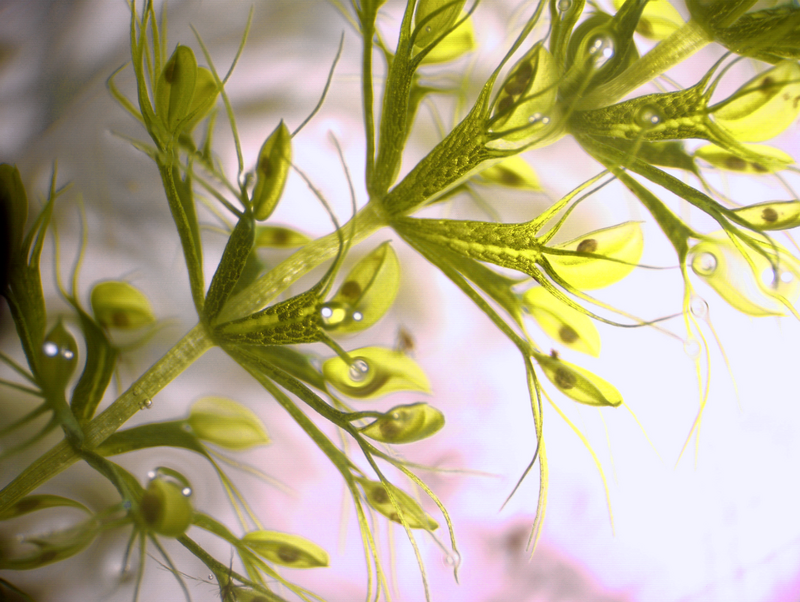Evolution of Carnivory
Evolution of Carnivory
Although carnivory seems a peculiar trait in plants, thanks to recent advances we now know that plant carnivory evolved at least six times independently. In the order Caryophyllales, diverse trapping mechanism such as pitfall-traps of pitcher plants or sticky ‘flypaper’ traps can be observed. The snap traps seen in Dionaea muscipula and its aquatic sister taxon Aldrovanda vesiculosa evolved once at least 65 million years ago and seem to represent an evolutionary progression of flypaper traps. Snap traps have evolved the capability of capturing fast moving animals/insect within a fraction of a second (link zu RH?). For this purpose they possess unique sensory organs (trigger hairs) that upon stimulation fire action potentials reminiscent to neuronal transmission in animals. We now know that the generation of APs in animals and plants is premised on differing molecular features. Collective understanding of these fundamental differences will advance our awareness of how convergent evolution led to analogous phenomena in both phyla and will thus have a lasting effect on educational concepts in life sciences.
In order to carry out fine-scale comparative studies with the Venus flytrap, we therefore chose the waterwheel plant (Aldrovanda vesiculosa; a sister taxon of the Venus flytrap) as a genome sequencing target. Similar to the Venus flytrap, various next generation sequencing techniques were applied to generate a reference for the imminent comparative studies on both lifestyle and evolution of these fascinating plants.













